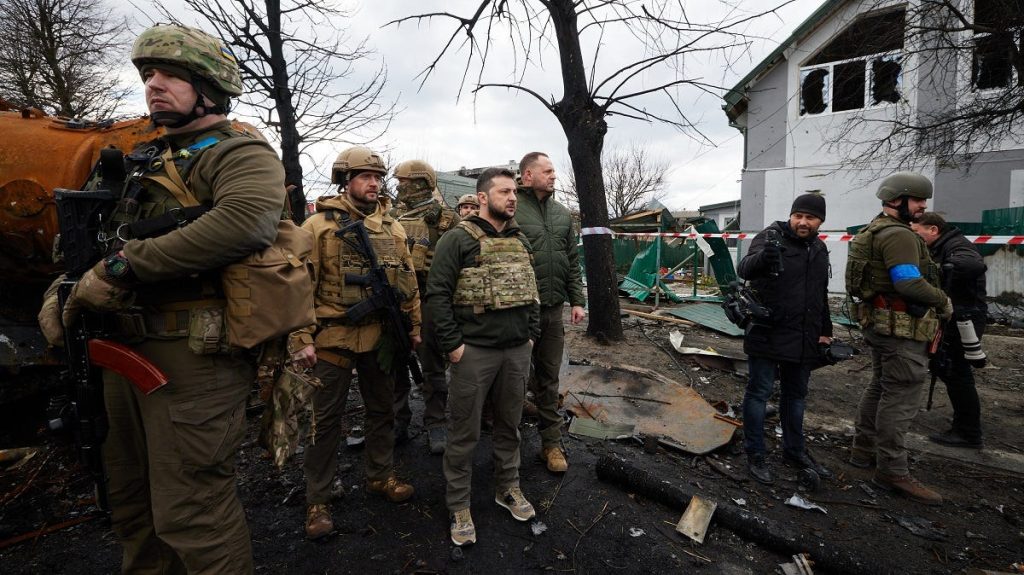
Early on October 6, Ukraine unleashed what Russian officials acknowledged was the war’s largest drone campaign, launching 251 unmanned systems against targets deep within Russia and occupied Crimea. The size and accuracy of the attacks reflected Kyiv’s developing long-range drone capability and the strategic necessity of taking down Moscow’s military-industrial foundation and energy arteries.

1. The Sverdlov Plant: A Munitions Giant in the Crosshairs
The most significant of these targets was the Sverdlov Plant in the city of Dzerzhinsk, Nizhny Novgorod Oblast a 900-kilometer distance from the border with Ukraine. The factory is Russia’s second-largest producer of explosives and makes aerial bombs, artillery shells, guided glide bombs, and warheads for anti-tank and air defense missile warheads. There were 25 to 30 explosions in one hour, whose shockwaves set off car alarms throughout the city, local media reported. Governor Gleb Nikitin reported that “air defense forces pushed back an attack by 20 UAVs” in the industrial zone sector, but debris left fires and destruction to adjacent residential buildings. The factory has been targeted repeatedly, with earlier attacks in April 2025 destroying workshops and pipelines.
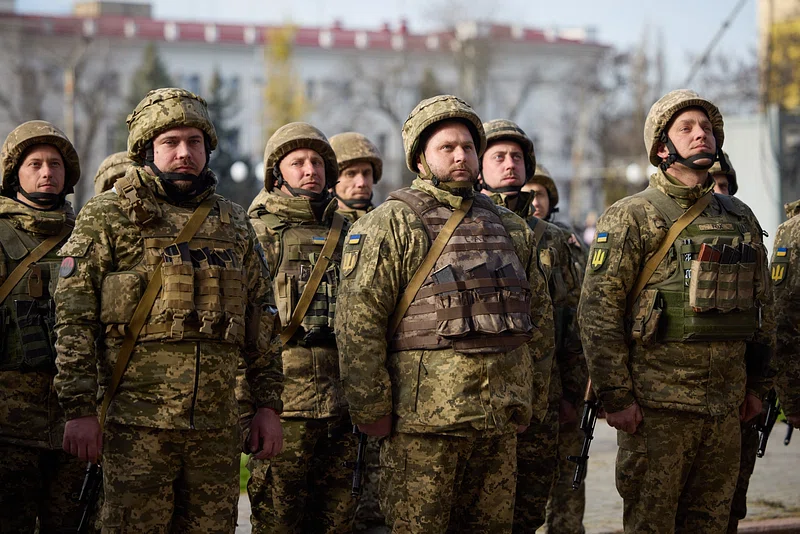
2. Feodosia Oil Terminal: Crimea’s Fuel Artery
In Russian-occupied Crimea, Ukrainian drones set ablaze a gigantic fire at the Feodosia-based JSC Marine Oil Terminal the peninsula’s biggest oil-processing plant, with 250,000 tonnes of fuel in storage. The terminal is one of the major points for fuel supply to Russian troops deployed in Crimea. NASA FIRMS satellite-detecting fires provided visual evidence of two huge hotspots on the ground with visible fires from more than 30 kilometers away. Previous attacks had already halved the number of remaining undamaged fuel tanks from 34 to 22. President Volodymyr Zelensky has made clear that “the most effective sanctions – the ones that work the fastest – are the fires at Russia’s oil refineries, its terminals, oil depots.”
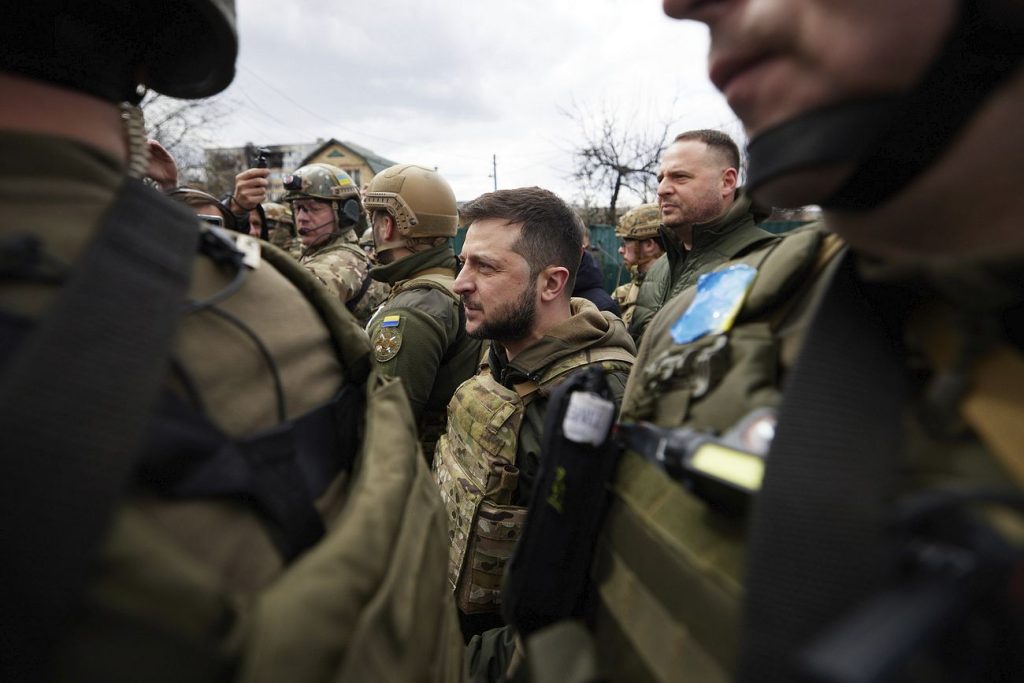
3. Fuel Infrastructure as a Military Vulnerability
Depots and refineries are critical to supporting contemporary military activity, powering armored combat vehicles with diesel, combat aircraft with aviation fuel, and gun carriages with lubricants. Ukrainian missile attacks beginning in January targeted 21 of Russia’s 38 large refineries, at least 10 of which have been compelled to close down and raised wholesale petrol prices by 40%. Rationing has been instituted in occupied Crimea. These disruptions erode the ability of Russia to sustain its frontlines logistically and apply economic pressure throughout its vast geography.
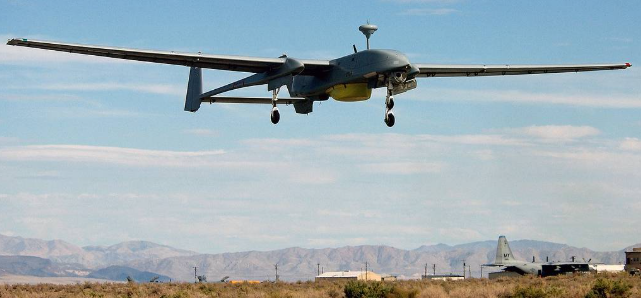
4. Drone Technology Enabling Deep Strikes
Ukraine’s new strike vehicles, such as upgraded Liutyi drones, integrate long range with autonomy and onboard AI terminal guidance. These drones have flight ranges exceeding 1,000 kilometers, GPS-guided flight to pre-planned coordinates, and optical sensors that detect vulnerabilities in industrial or transport targets. Autonomy eliminates vulnerability to Russian electronic warfare, allowing coordinated swarm attack to saturate nearby air defenses.
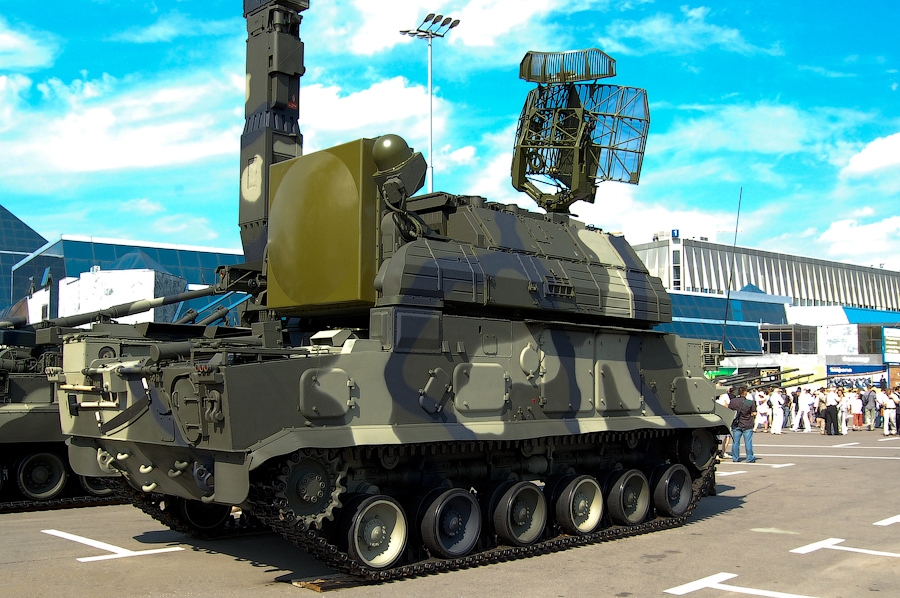
5. Russian Air Defense Overstretched
The October 6 attack forced Russia’s Ministry of Defense to implement mass countermeasures, such as the recording of downing 251 drones 40 over Crimea and 62 over the Black Sea. High interception rates are being realized, yet swarm and multi-vector techniques persist in breaching defenses. Russia’s fixed assets, designed to guard airbases and refineries, are not effective against mobile or dispersed targets such as trains and fuel convoys.
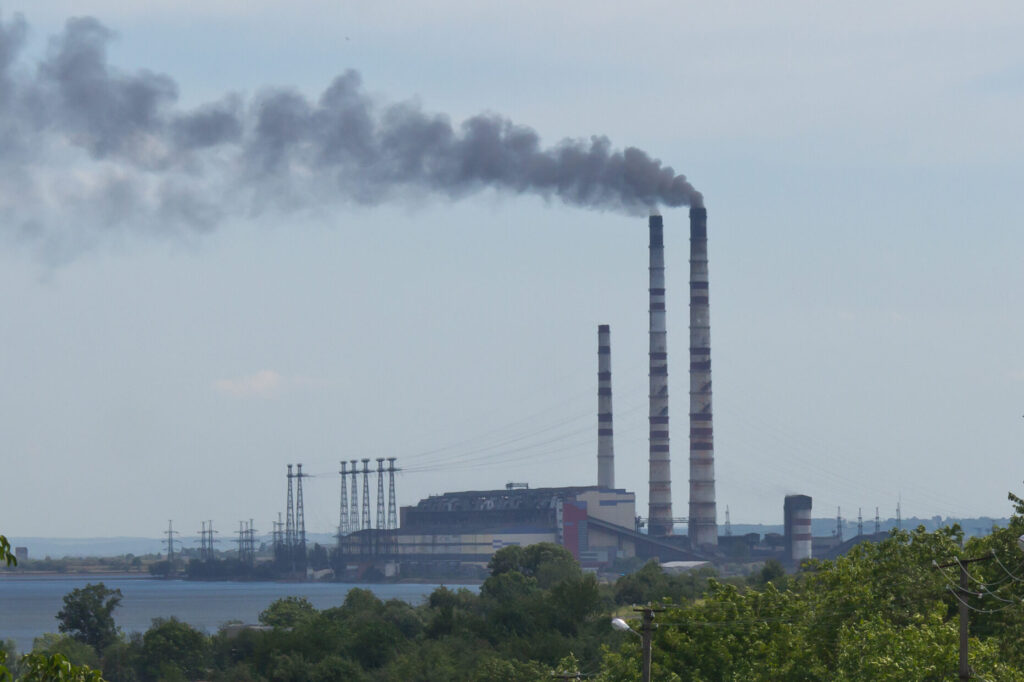
6. Attacks on Energy and Power Infrastructure
Besides oil and explosives plants, Ukrainian drones target the Klintsy thermal power plant in Bryansk Oblast, leading to periodic disruptions of electricity and heating. A Belgorod region substation was also targeted, affecting regional networks. Such assaults further stress Russia’s energy supply network, where resources are redirected to restore civilian infrastructure while military targets vie for attention.

7. Rail Transport: The Other Fuel Lifeline
The Ukrainian drone campaign has also struck fuel and military cargo trains. Rail is the lubricant that keeps Russian logistics running, enabling quick movement of bulk cargo over long distances. Rostov Oblast, Tokmak, and Dzhankoi have had fuel trains destroyed or derailed, and station attacks at Volgograd and Surovikino interrupted key nodes in the supply chain. The weakness is the train tracks’ predictability and the fact that one cannot use immovable defenses to protect advancing trains.

8. Strategic Implications in the Black Sea Theater
The Feodosia strike has greater significance in Russian policy in the Black Sea. Control of Crimea’s fuel installations allows naval activity and air reconnaissance within the region. Jamming such bases deactivates Moscow’s southward power projection and hybrid warfare modus vivendi. Researchers propose that additional debilitating of such logistic hubs could limit Russia’s operational tempo in both the Black Sea as well as southern Ukraine.
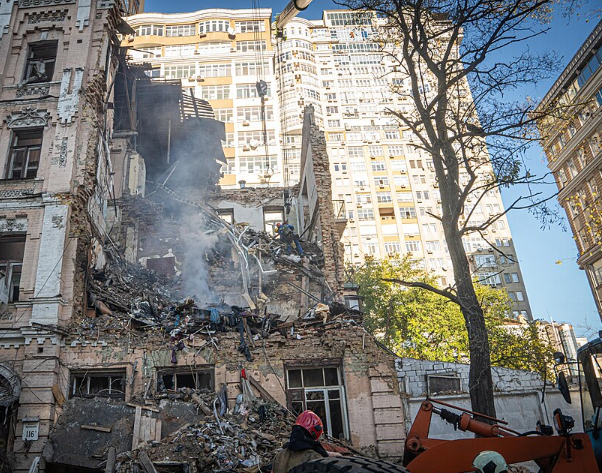
The October 6 attack showed that Ukraine is capable of deploying large cohorts of drones to attack simultaneously in multiple strategic areas ammunition manufacturing, fuel, power generation, and transport leveraging technology to target system vulnerabilities within Russia’s war economy. The sheer scale of drones used and precision strike well into Russian territory signals the trend toward persistent infrastructure warfare to siphon both battlefield skill and economic stability.


